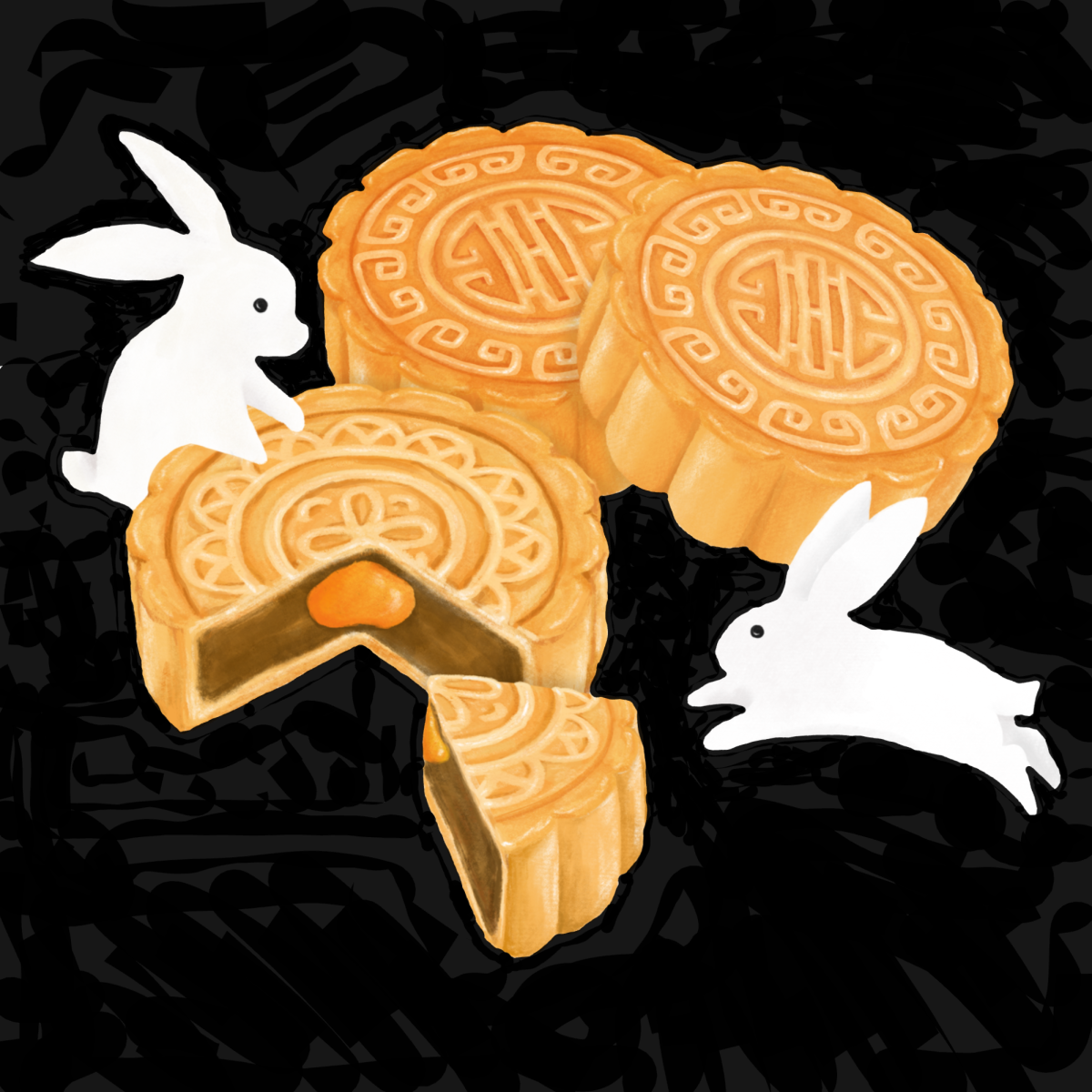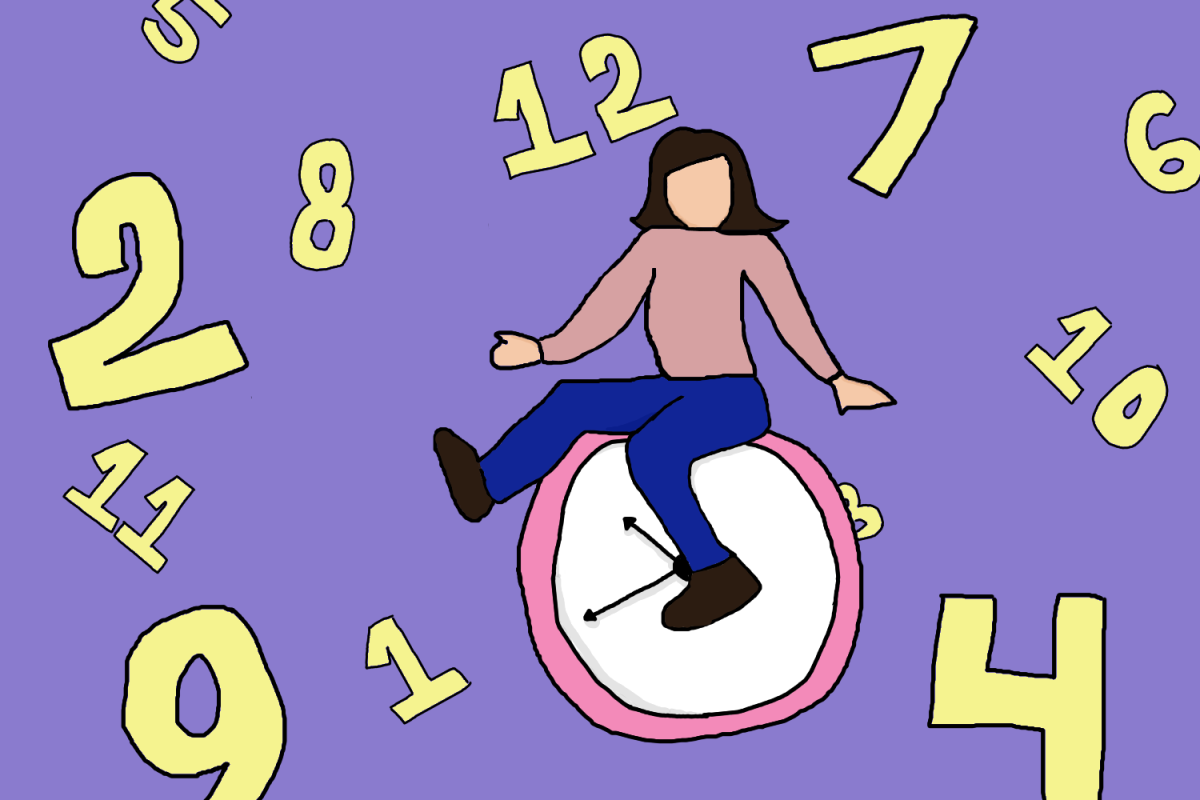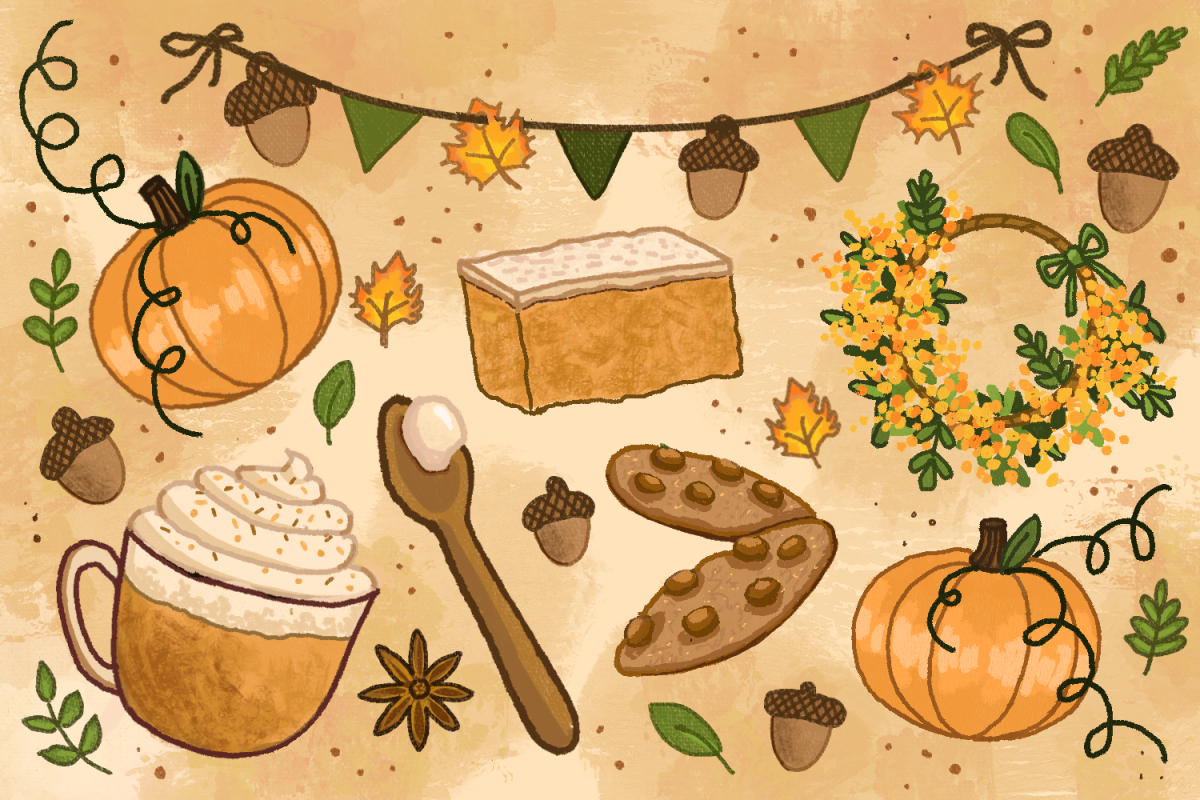The leaves slowly turn red. A chill comes through the air. The sky darkens as families of all sizes watch the glowing lanterns float through the sky. A clink of glasses and a cheer is heard. Every September, the Mid-Autumn Festival rolls around. It’s a celebration held on Sept. 29, filled with glowing lanterns in the sky and mooncakes shared around the table—a festival of reunion with family to enjoy the moon’s roundness.
There are many stories about how the Mid-Autumn Festival came to be. The story originated in China with several art pieces depicting Chang’e’s flight to the moon. The significance of the story is explaining why we celebrate the festival. The mythical story starts with a man named Hou Yi, who shot down nine of the ten suns in order to save humanity from burning to a crisp. The reason why he was shooting down suns was because while the suns normally go down to Earth one by one pulling a chariot; this time they all went out at the same time. The result was humanity suffering due to drought and heat stroke. Once Yi shot down all but one of the suns, his reward for saving humanity was pills of immortality. However, Yi didn’t want to leave his wife, Chang’e, who was a beautiful lady with pale skin and hair as black as night. Chang’e loved Hou Yi and they had a happy relationship. It’s why Yi didn’t immediately take the pills; he was waiting for Chang’e to also gain immortality.. However, one day, Yi’s apprentice, Feng Meng, saw the pills and tried to steal them while Yi was hunting. Chang’e spotted him and ate the pills before Meng was able to eat them himself. Although she gained immortality and didn’t want to leave her husband, Chang’e floated to the moon. When Yi realized what happened, he was saddened so he placed mooncakes (her favorite food) under a tree and just stared at the moon.
In other versions, the story has a much sadder ending. Instead of Feng Meng trying to steal the pills of immortality, it’s Chang’e who greedily takes it all for herself. As a consequence, she’s not allowed into Heaven due to her greed. Because of that, she floats to the moon, her new home. Yi was devastated with betrayal and died on Earth, while Chang’e lived on the moon forever.
The last story doesn’t talk about the lady on the moon, and instead tells how mooncakes were used as weapons. No, not by poisoning them. From 1279 – 1368, there was a group of conquerors known as the Mongolians that ruled over China. Naturally, most people didn’t like being ruled over, so the Han Chinese came up with a plan to overthrow them. While baking mooncakes for the upcoming Mid-Autumn Festival, they slipped in a message telling people to rise up and revolt. When people found and read the message, the plan was set and the Yuan Dynasty was toppled. Now we have mooncakes to remember how the people banded together to take down a common foe.
But what do people do on this esteemed holiday?
Some people celebrate it with mooncakes and lighting up small lanterns to light up the night sky.
While others like my family, just buy mooncakes at your local store and eat them after dinner.
“We usually eat mooncakes and look at the moon since it’s so bright and round,” said freshman Wendy Sun, when asked how her family celebrated the festival.
Some people just eat mooncakes as a treat during the festival, like sophomore Jorge Yingsen Chang Feng. “It [mooncake] tastes so good, I could eat a ton of them.”
“I don’t celebrate it myself, but I take my kids to festivals if we have them to show them different cultures.” stated librarian liberian Gabi Torres.
Whether it be dramatic or just a small celebration, the Mid-Autumn Festival is celebrated because of a reunion with family. It’s why people eat mooncakes, after all, stories say its roundness celebrates family reunions. With that, may everyone have an amazing Mid-Autumn Festival!
Image by RAWPIXEL.COM







